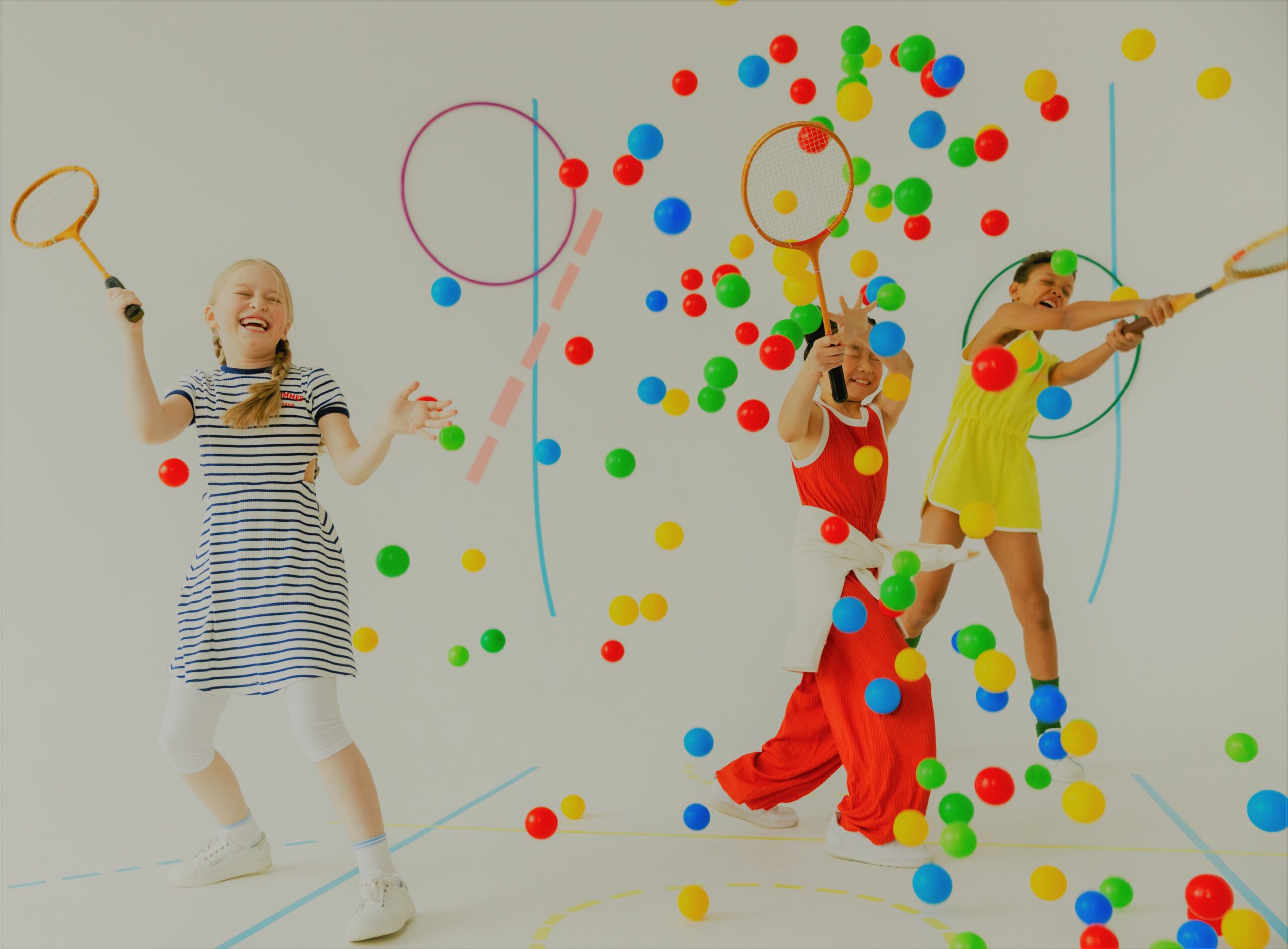
Change this one thing to have happier, healthier and more engaged learners
Children are sitting more than ever – at home on screens, in cars, and at desks in school.
And all this sitting is having a detrimental impact on our children’s health and well-being:
- Incidences of back pain are on the rise
- Obesity is a national issue
- Children are not developing the foundational gross motor skills that they need
- Attention and concentration is suffering
Giving children more opportunities for physical activity at school can make a world of difference. I’ve been called in, as an Occupational Therapist, so often to help a child who ‘won’t sit still’. When I’ve observed the class I’ve often seen the same situation – children who need to move, and who becomes disrupted or disengaged when they aren’t allowed to move. Just like the class I saw last week:
‘The class had already been sitting on the carpet for 30 minutes. As the teacher ploughed on through the PowerPoint, children were poking pencils inside their clothes, throwing pencils in the air, chewing them and balancing them on their heads. Pencils were going inside shoes, down sleeves and up noses. Some children were rocking, others were wriggling and two were hanging off the teacher’s desk.
They started creating excuses to move – asking to go to the toilet, get their water bottles or turn of the light. It was obvious that they were desperate to move. And threats of sanctions and promises of rewards weren’t making any difference. Their bodies needed movement’.
The stakes are high. Children who need to move but aren’t given opportunity to are often labelled ‘disruptive’. They may be kept in at break times, or have their name moved down the reward chart. Their unmet need for movement can lead to them disliking school which affects their academic achievement and their futures.
It can be so different. You can make simple changes in your school and classroom that will help make it more inclusive and help your students reach their potential.
Some ways you can build movement into your lessons are:
- Have students stand up if they want to answer a question instead of raising their hands
- Do mini movement breaks for the whole class
- Allow students to work in different positions – standing up leaning on a cupboard to write, sitting or lying on the floor
- Use times spent waiting or lining up to do a few squats or practice balancing on one leg

